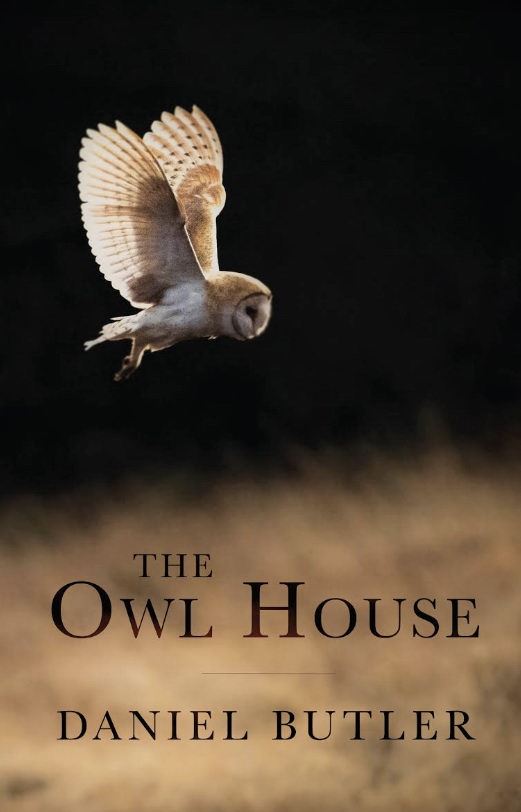Led into the realm of mushrooms and having a resident barn owl AoF member Daniel Butler shares how 25 years living in rural Wales shaped his world in The Owl House
Here is an excerpt in which Wales is revealed as a world class mushrooming location.
- - - - - - - - - -
 It surprises many people to discover that Wales has the perfect conditions for many of the world’s most prized fungi. The climate is mild and damp – which is much better for many mushrooms than the hot dry conditions found in Italy or the Dordogne.
It surprises many people to discover that Wales has the perfect conditions for many of the world’s most prized fungi. The climate is mild and damp – which is much better for many mushrooms than the hot dry conditions found in Italy or the Dordogne.
A few years back I heard the Michelin-starred Danish chef, René Redzepi,being interviewed by Kirsty Young on Desert Island Discs. His Copenhagen restaurant, Noma, is ranked number one in the world, and the chef proudly boasted he had dropped caviar from his menu in favour of chicken of the woods, a yellow bracket fungus which grows in summer on deciduous trees such as willow and oak. He described it as a fantastic but extremely rare ingredient which grows in only two places in Denmark and only three people know where these are.
This is probably hype, designed to promote the restaurant’s menu, but even if it is rare in Denmark, it certainly isn’t in Wales. I know of a dozen sites and when it does occur, the outcrops can be significant, weighing several kilos. I have no problems with his claims for its gastronomic excellence, for although to my mind it is nothing like chicken, it has a delicate flavour and a fantastically firm texture which makes it an infinitely superior tofu.
One potentially surprising aspect of this however is the almost total dearth of fungal knowledge in the locality. There are many good amateur naturalists locally, people who know a linnet from a twite and a willow warbler from a whitethroat. Most people also prize the myriad of whimberries that fruit in mid-summer, but virtually no one knows anything more about wild fungi than nostalgic memories of gathering field mushrooms as a child: ‘I remember picking them with my grandfather,’ they’ll sigh. ‘We’d eat them with bacon around the kitchen table for breakfast – delicious!’
Another odd thing about the best mushrooms is where they are found. Most guide books recommend scouring deciduous woods for choice species such as porcini, bay boletes, chanterelles and wood hedgehogs and there is certainly no shortage of oak, birch and hazel coppice. Yet after years of hunting, I find the most fruitful woods are actually mature conifer plantations. These are generally derided by conservationists as ecological deserts, artificial habitats that are so dark thanks to close planting of non-native that little of value can live there.
In fact the reverse is true when it comes to fungi and sometimes the crops can be prodigious. Early on in my mushrooming gathering I entered one wood on a whim and left a few minutes later with around 30kg of porcini which were sliced and dried overnight on top of the wood burner. On another occasion I had taken my children to the Llangorse Climbing Centre. I had no desire to watch them clamber up and down plastic rocks for two hours so went to photograph a local waterfall only to stumble across a bumper crop of chanterelles – I picked 7kg in 20 minutes which were cleaned, flash-fried and frozen for the coming winter.
These are just two of the scores of edible species I began to discover in local woods. I learned piecemeal, adding to my repertoire one species at a time, but with the enthusiasm of a novice, I threw myself into the task and by the end of the first autumn could confidently identify a dozen. By the end of the second year I had found and tasted almost 50. Certainly some were very much better than others and after two decades of collecting I ignore most, and porcini form the backbone of my harvesting.
- - - - -
Excerpt from The Owl House by Daniel Butler
